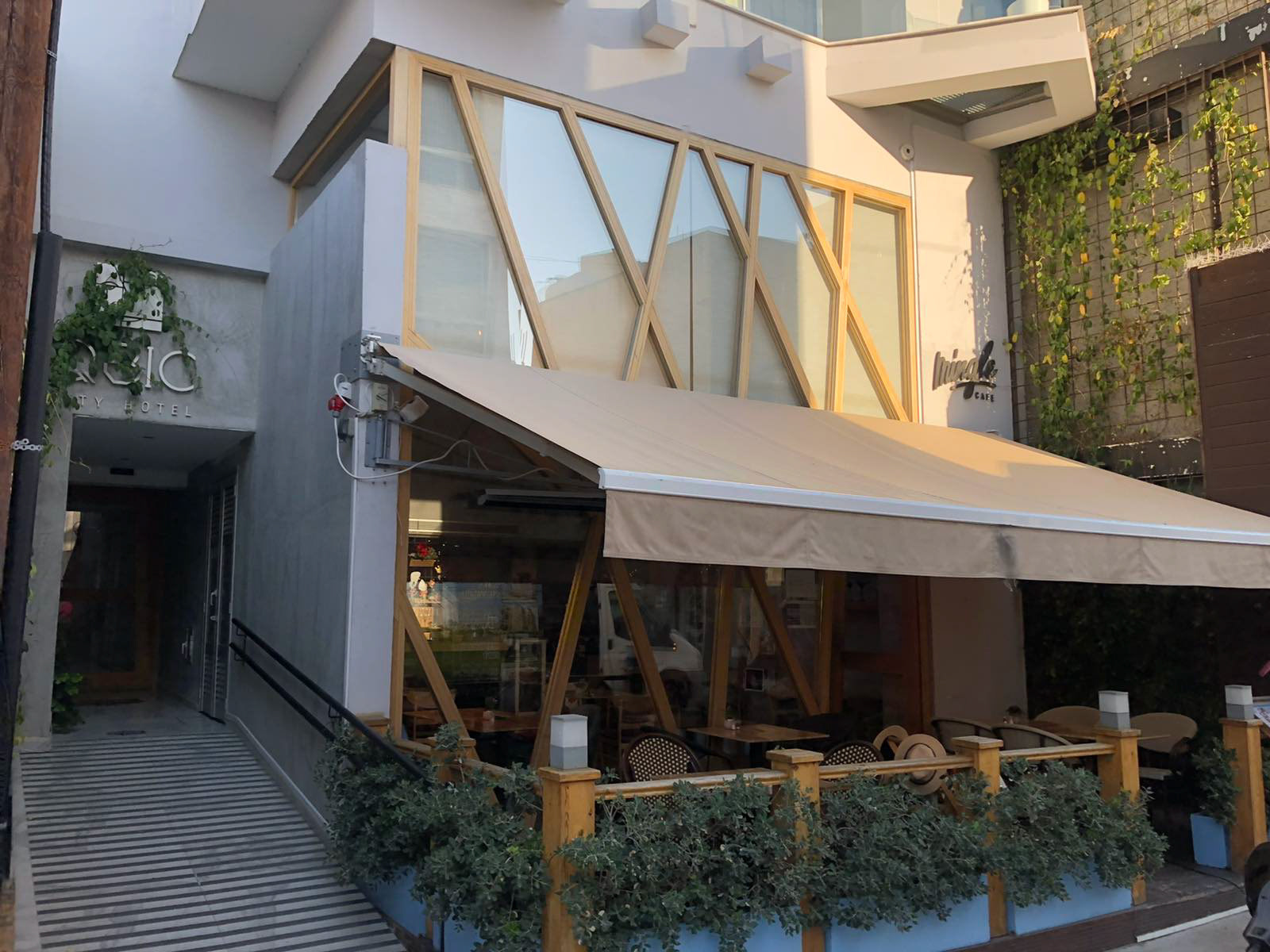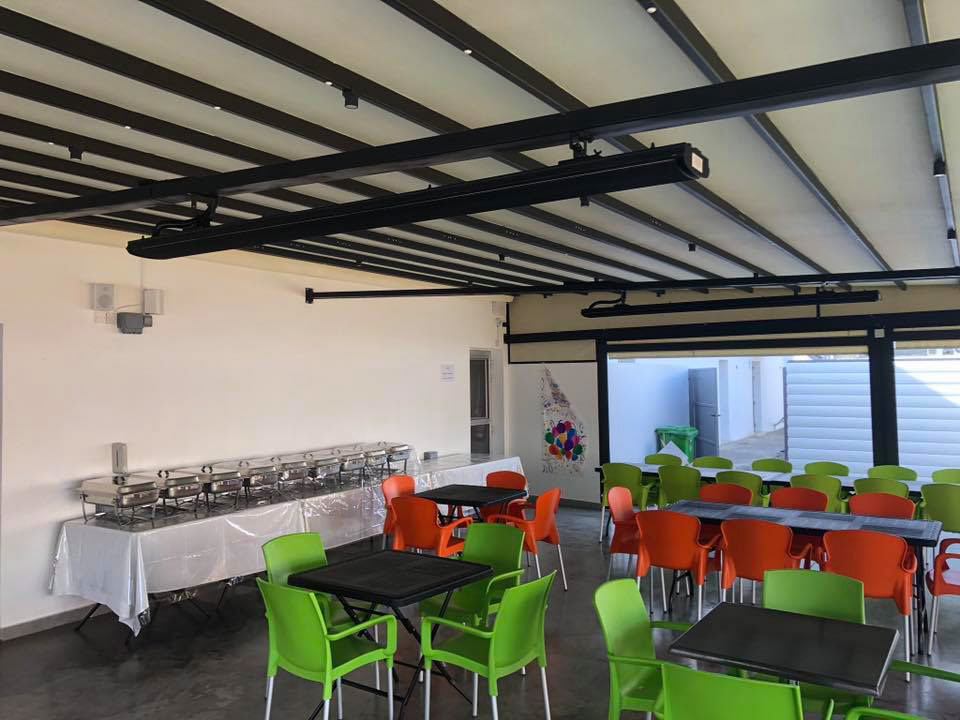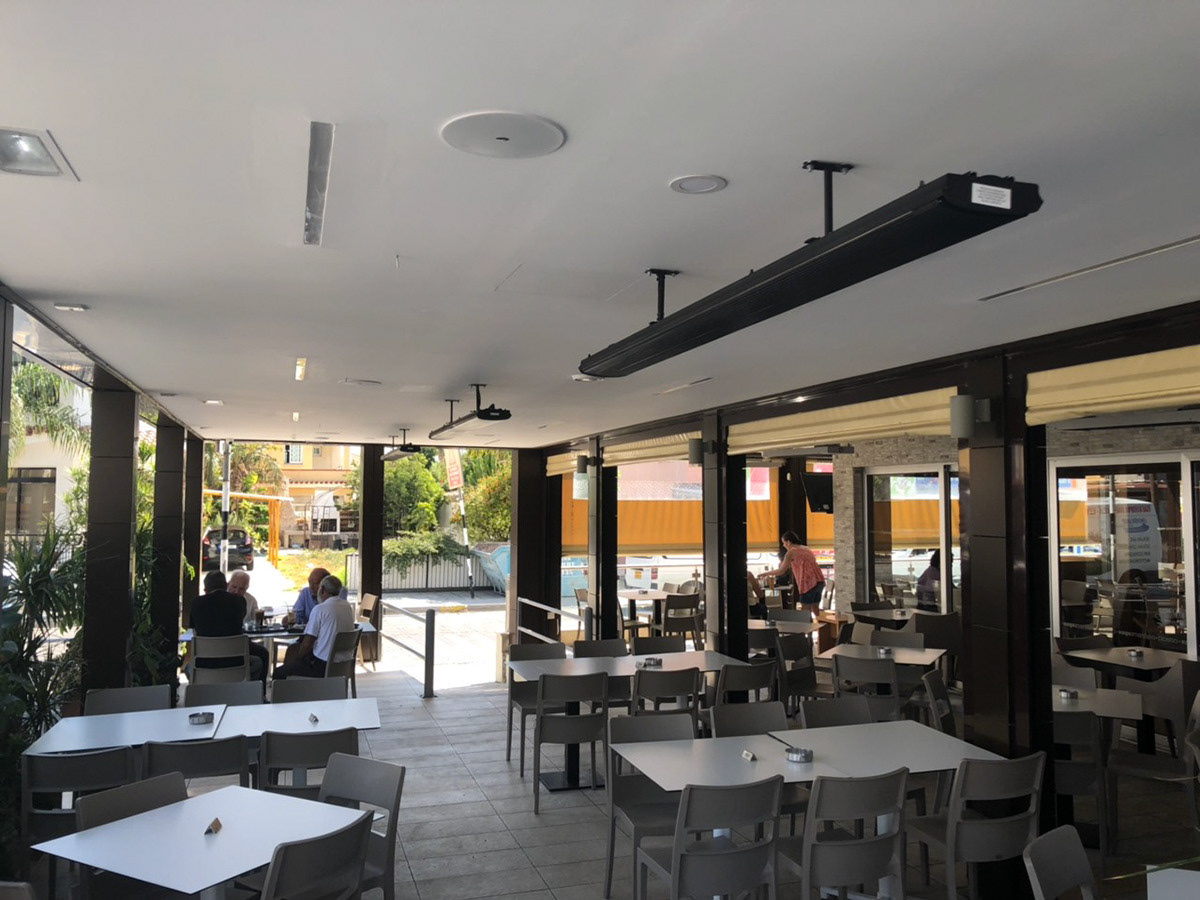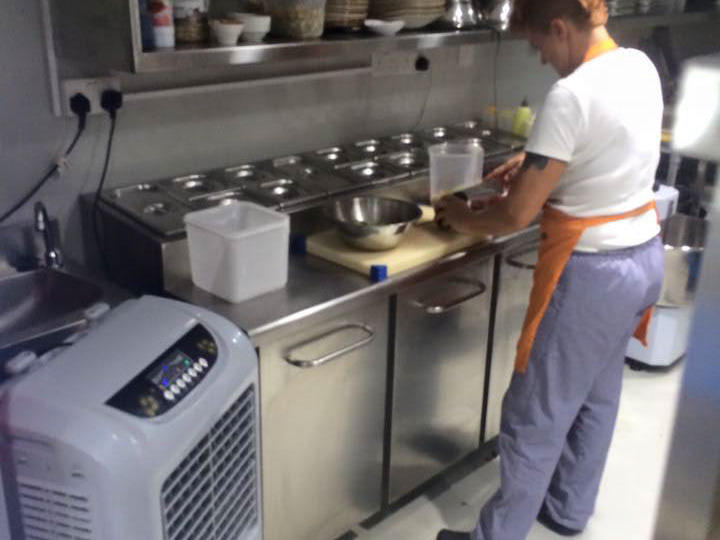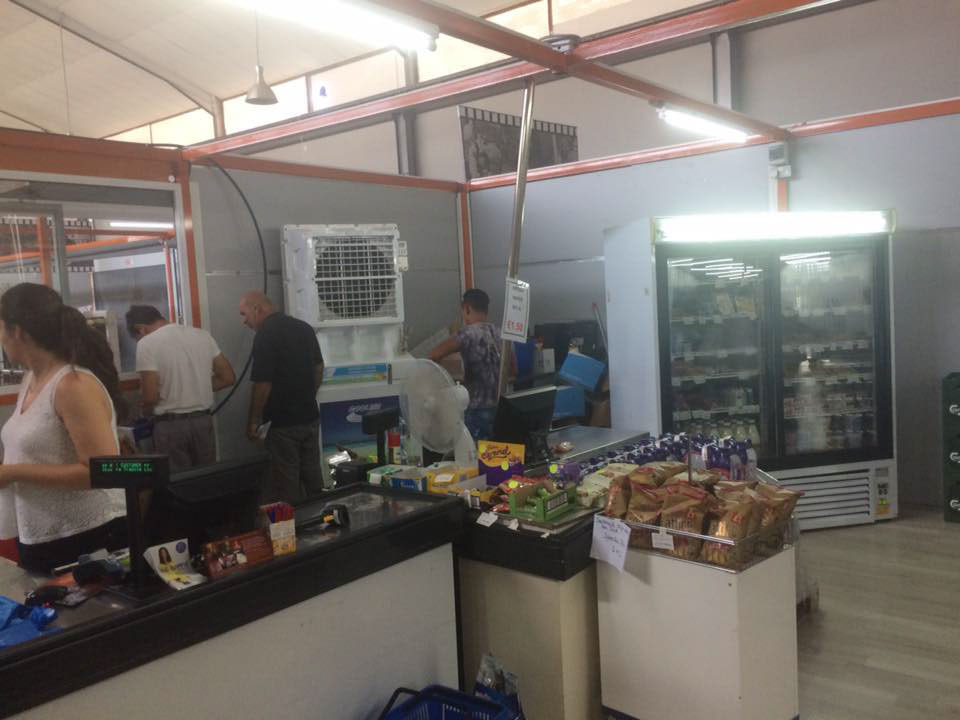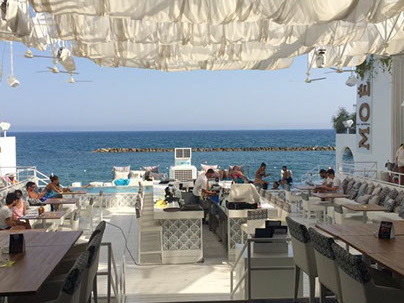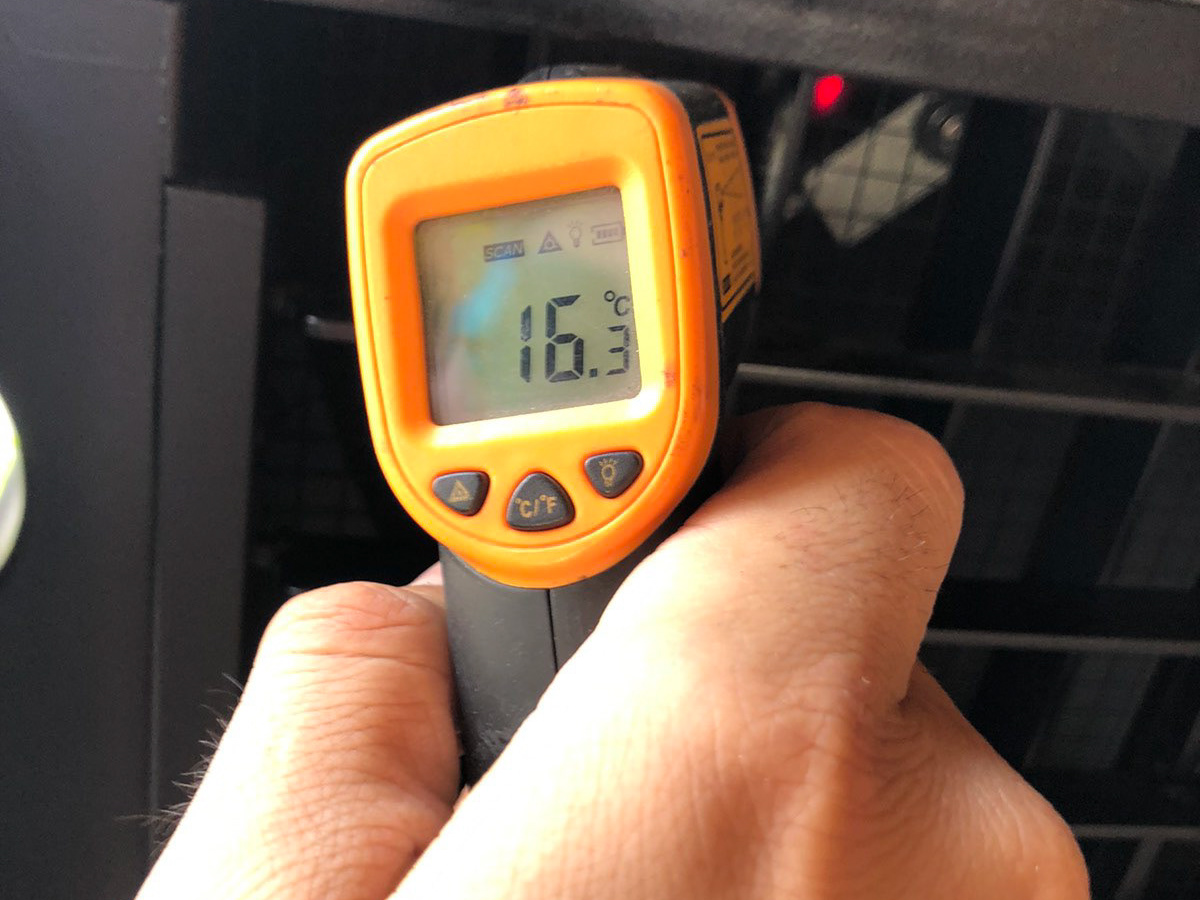Modular & Prefabricated
Have your architecturally designed home – built and delivered –
in just 12 weeks
At CoolairaUSTRALIA, sustainability is not an optional checkbox, rather it is a deeply ingrained principle that impacts our use of design to solve challenges. It drives our process and defines the attributes of every project.
Energy:
Our firm is committed to designing homes and buildings that use at least 65% less energy than code requirements. We also help clients reach higher levels of aggressive performance standards, such as Passive House and, the firm's namesake and expertise, zero energy.
Air Quality:
Maintaining positive indoor air quality is vital to occupant health. We select materials that minimize pollutants and design ventilation systems to ensure a constant supply of fresh outdoor air.
Water:
Points of use, including bathrooms and kitchens, combine beauty and functionality in a design that enables water efficiency. Options are available for water conservation, capture, and reuse.
Maintenance and Durability:
Most building failures (whether peeling paint, mold growth, or rot) are a result of moisture-related infiltration into the building. Our experts design the building envelope assembly for optimum management of heat, air, water, and moisture flow, helping ensure long-term durability with minimal maintenance.
Energy Efficient Homes can be Beautiful:
Initial examples of high performance architecture left aesthetics wanting, mainly due to experimentation by early adopters. Now, informed choices BY Coolairaustralia lead to exceptional performance and pleasing aesthetics as the rule, not the exception.
Coolairaustralia provides system design for heating, cooling, and ventilation systems of high-efficiency buildings. Accurate load calculations, equipment sizing and specification, and distribution system design result in a right-sized system, lower equipment costs, longer equipment life, increased energy performance, lower utility bills, and greater occupant comfort.
Coolairaustralia can address the following aspects as appropriate for each project:
Manual J for Load Sizing
Manual J for Load Sizing
Manual S for System Selection
Manual D for Duct Sizing
Hydronic distribution design
Planning for renewable energy integration
Geothermal calculations
Ductwork layout in CAD
Register/diffuser sizes, placement, and flow rates
Ventilation design and rates
Radiant floor layout in CAD


